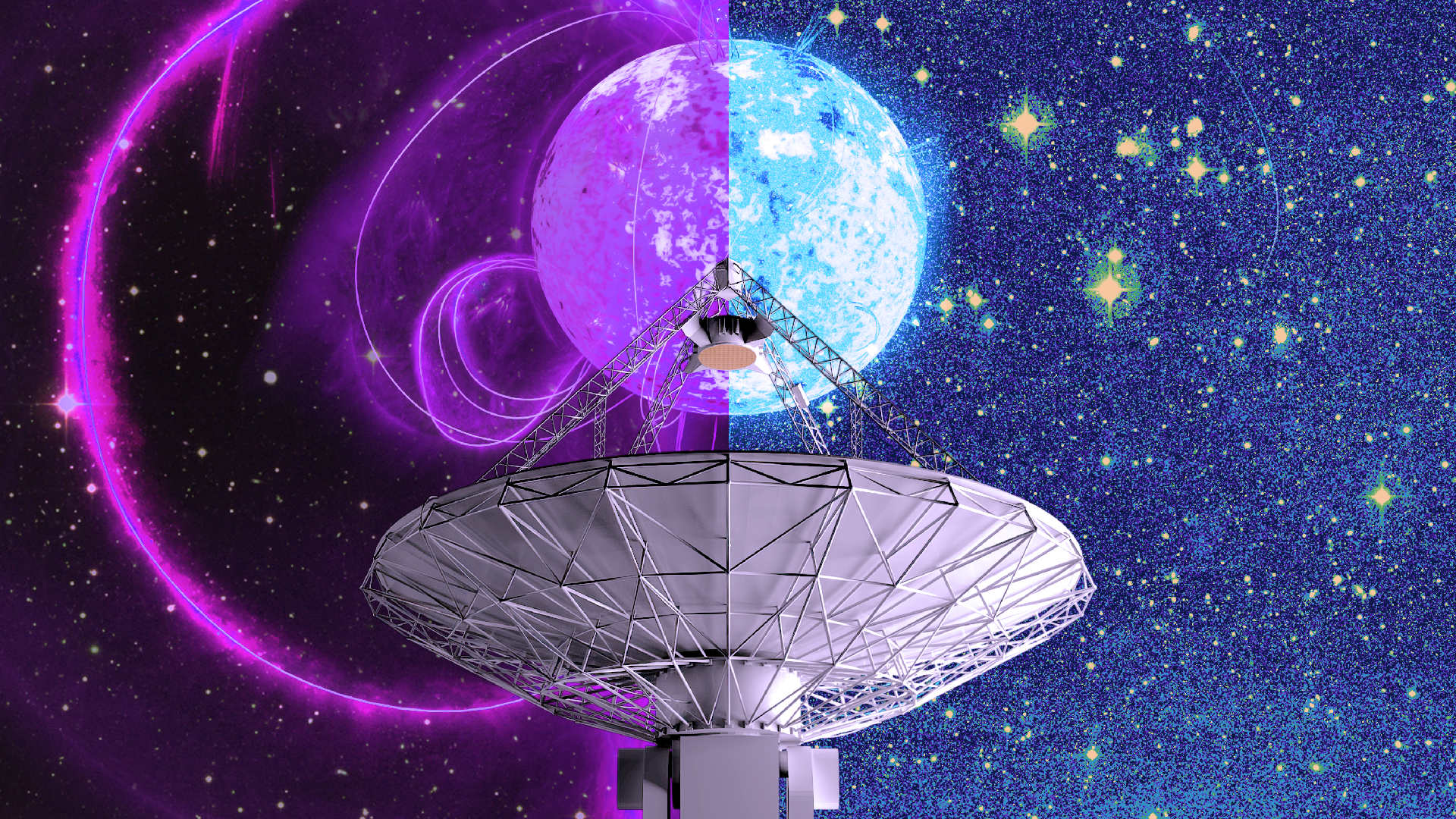Scientists detect slowest-spinning radio emitting neutron star ever recorded

Scientists have detected what they believe to be a neutron star spinning at an unprecedentedly slow rate —slower than any of the more than 3,000 radio emitting neutron stars measured to date.
Neutron stars – the ultra-dense remains of a dead star – typically rotate at mind-bendingly fast speeds, taking just seconds or even a fraction of a second to fully spin on their axis.
However, the neutron star, newly discovered by an international team of astronomers, defies this rule, emitting radio signals on a comparatively leisurely interval of 54 minutes.
The team was led by Dr Manisha Caleb at the University of Sydney and Dr Emil Lenc at CSIRO, Australia’s national science agency and includes scientists at The University of Manchester and the University of Oxford.
The results, published today in the journal Nature Astronomy, offer new insights into the complex life cycles of stellar objects.
At the end of their life, large stars use up all their fuel and explode in a spectacular blast called a supernova. What remains is a stellar remnant called a neutron star, made up of trillions of neutrons packed into a ball so dense that its mass is 1.4 times that of the Sun is packed into a radius of just 10km.
The unexpected radio signal from the stellar object detected by the scientists travelled approximately 16,000 light years to Earth. The nature of the radio emission and the rate at which the spin period is changing suggest it is a neutron star. However, the researchers have not ruled out the possibility of it being an isolated white dwarf with an extraordinarily strong magnetic field. Yet, the absence of other nearby highly magnetic white dwarfs makes the neutron star explanation more plausible.
Further research is required to confirm what the object is, but either scenario promises to provide valuable insights into the physics of these extreme objects.
The findings could make scientists reconsider their decades-old understanding of neutron stars or white dwarfs; how they emit radio waves and what their populations are like in our Milky Way galaxy.
The discovery was made using CSIRO’s ASKAP radio telescope on Wajarri Yamaji Country in Western Australia, which can see a large part of the sky at once and means it can capture things researchers aren’t even looking for.
The research team were simultaneously monitoring a source of gamma rays and seeking a fast radio burst when they spotted the object slowly flashing in the data.
Lead author Dr Manisha Caleb from the University of Sydney Institute for Astronomy, said: “What is intriguing is how this object displays three distinct emission states, each with properties entirely dissimilar from the others. The MeerKAT radio telescope in South Africa played a crucial role in distinguishing between these states. If the signals didn’t arise from the same point in the sky, we would not have believed it to be the same object producing these different signals.”
The origin of such a long period signal remains a profound mystery, with white dwarfs and neutron stars the prime suspects. But as further investigations continue, this discovery is set to deepen our understanding of the universe’s most enigmatic objects.




